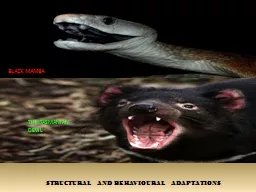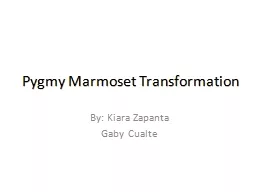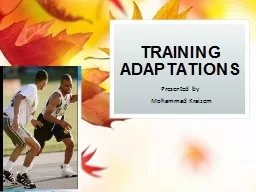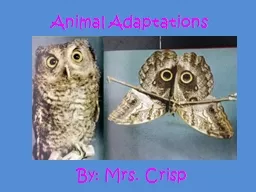PPT-STRUCTURAL AND BEHAVIOURAL ADAPTATIONS
Author : danika-pritchard | Published Date : 2017-08-16
BLACK MAMBA THE TASMANIAN DEVIL BLACK MAMBA KNOW THIS FIRST The Black Mamba is the most deadly snake in the world They grow 14 feet in length and can travel at speeds
Presentation Embed Code
Download Presentation
Download Presentation The PPT/PDF document "STRUCTURAL AND BEHAVIOURAL ADAPTATIONS" is the property of its rightful owner. Permission is granted to download and print the materials on this website for personal, non-commercial use only, and to display it on your personal computer provided you do not modify the materials and that you retain all copyright notices contained in the materials. By downloading content from our website, you accept the terms of this agreement.
STRUCTURAL AND BEHAVIOURAL ADAPTATIONS: Transcript
Download Rules Of Document
"STRUCTURAL AND BEHAVIOURAL ADAPTATIONS"The content belongs to its owner. You may download and print it for personal use, without modification, and keep all copyright notices. By downloading, you agree to these terms.
Related Documents














